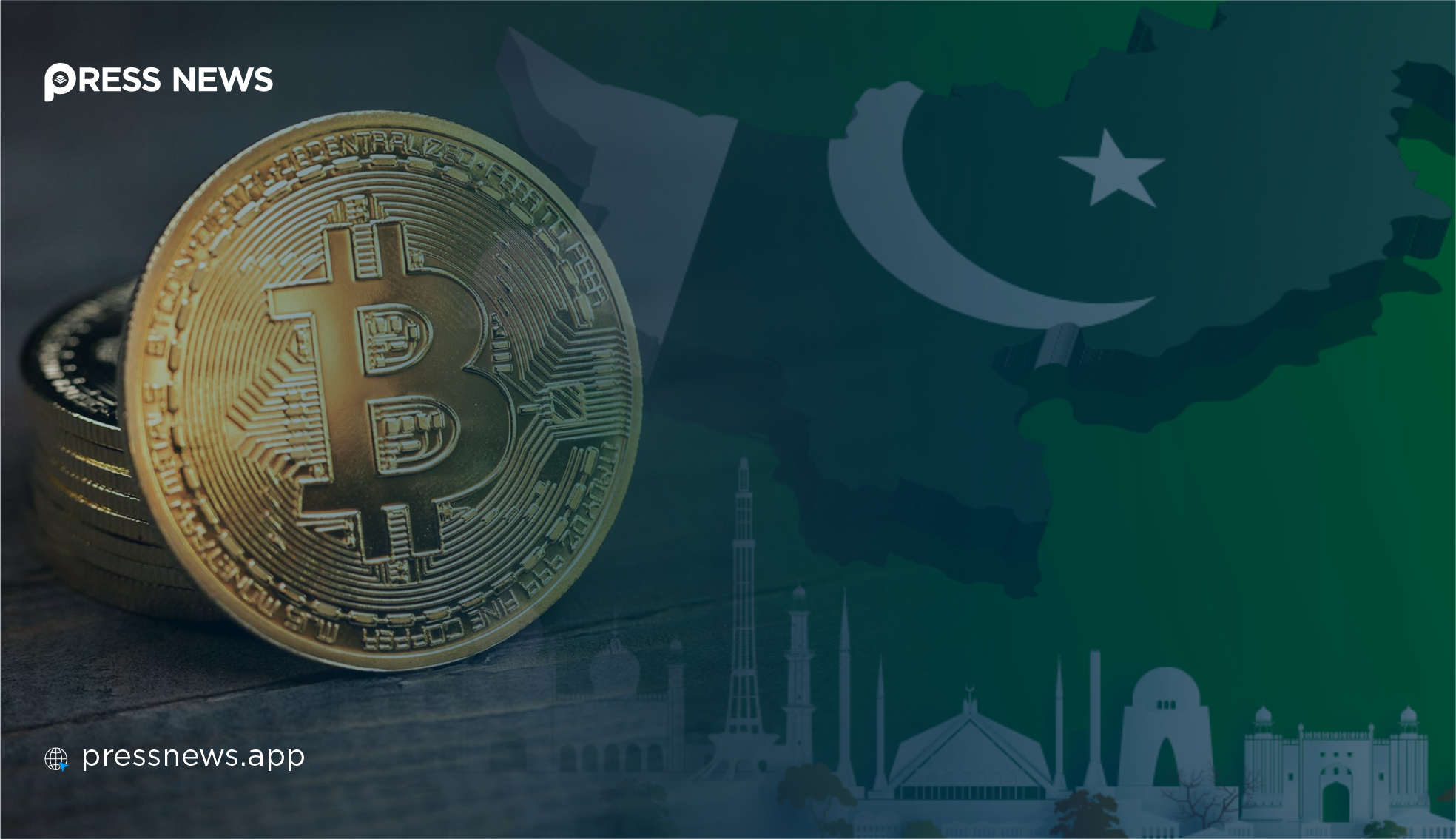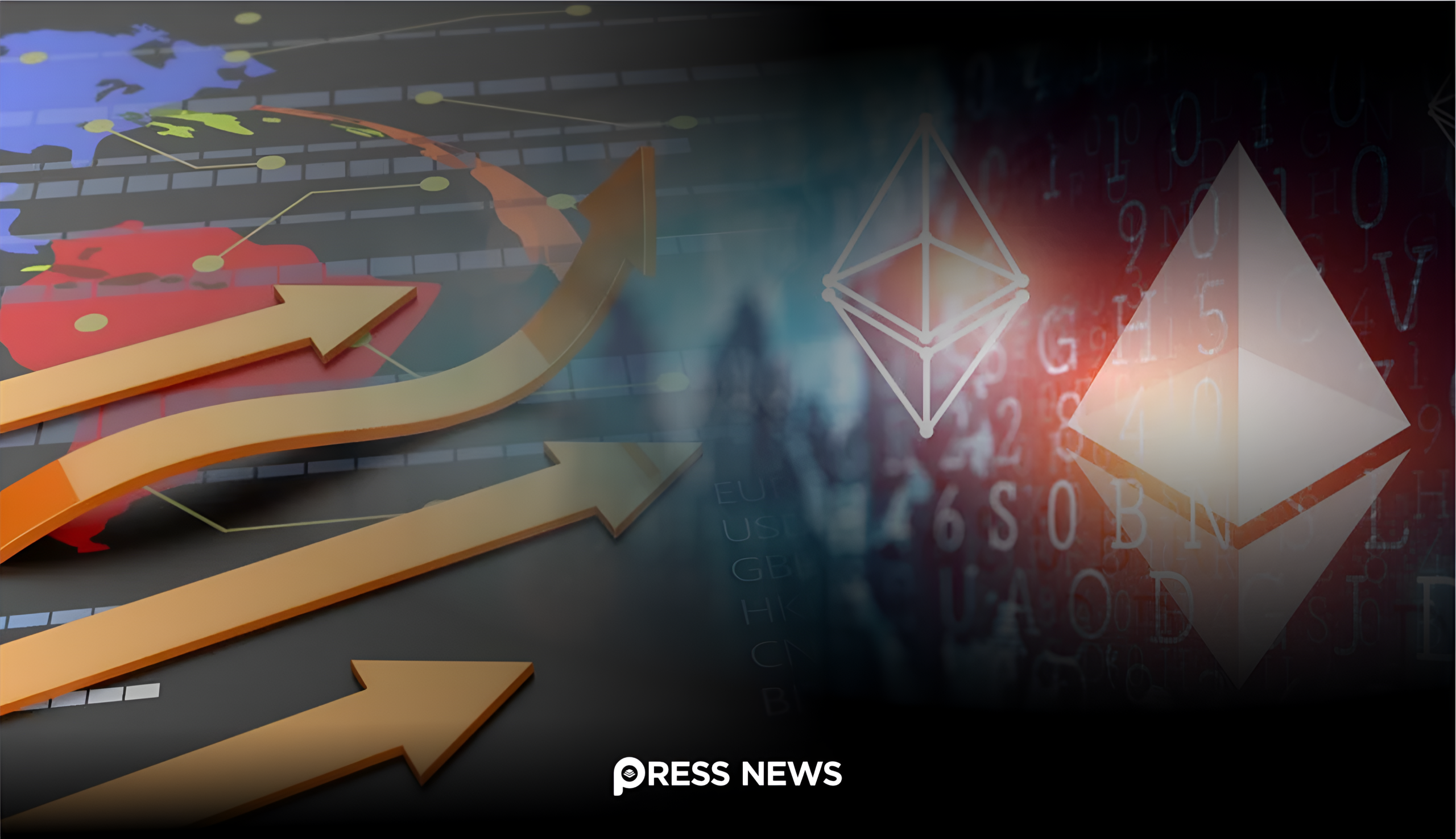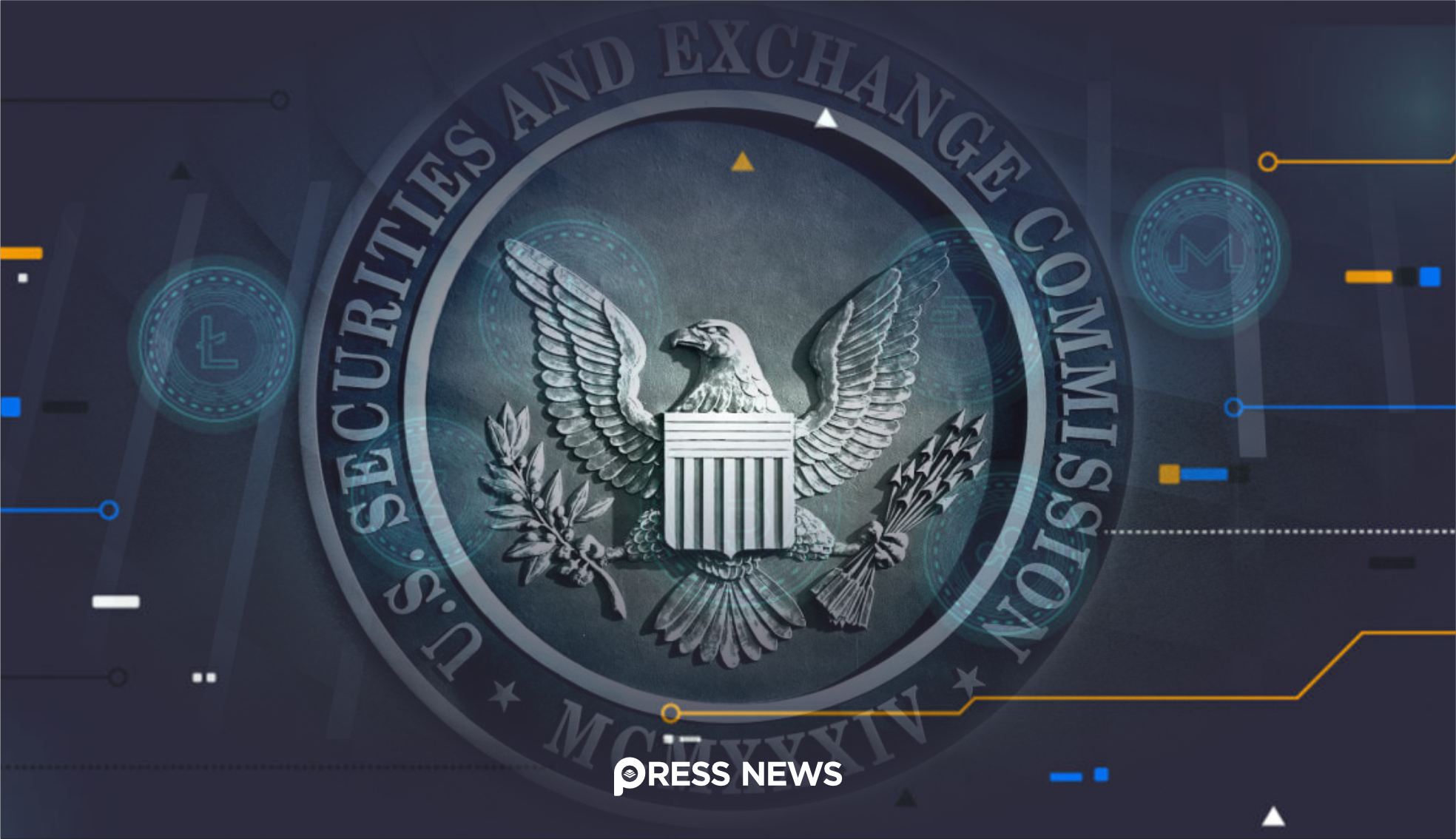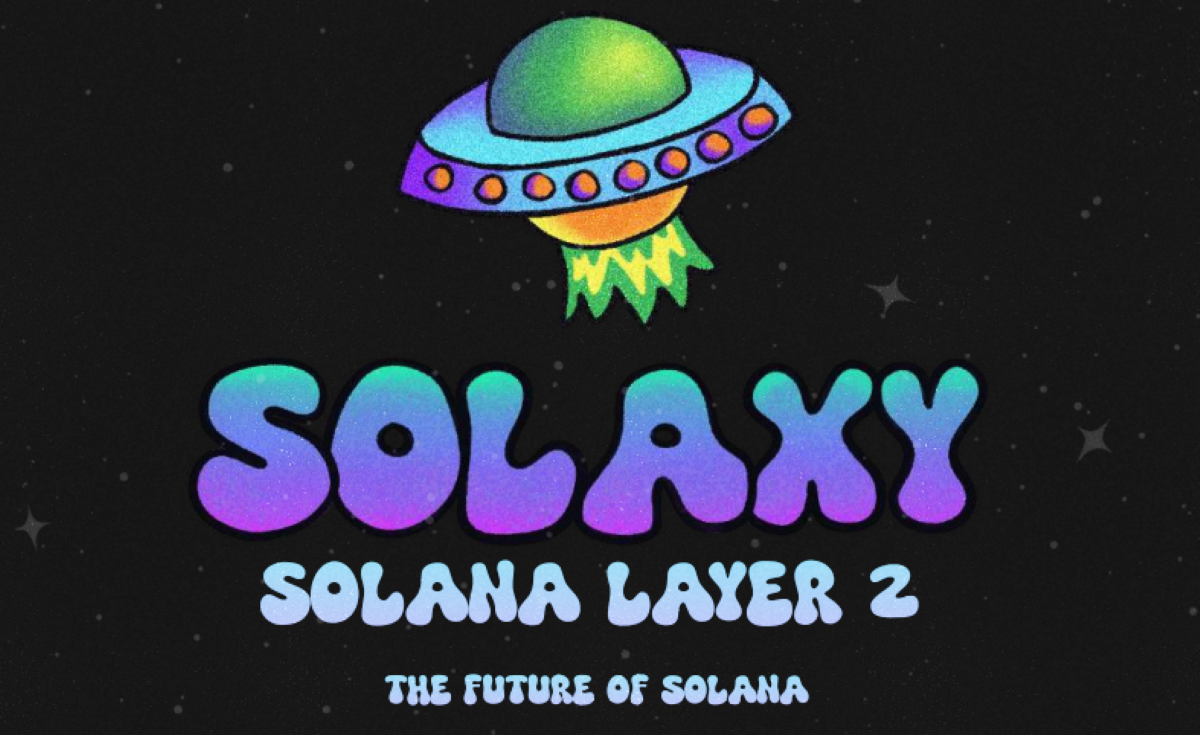Hedera Foundation Partners with The Binary Holdings to Onboard 169 Million+ Users
Washington, D.C., June 5, 2025 — Pakistan’s Minister of State for Crypto and Blockchain, Bilal Bin Saqib, paid a high-profile visit to the White House yesterday, where he met with Robert “Bo” Hines, Executive Director of President Donald Trump’s Council on Digital Assets. The discussions centered on deepening U.S.–Pakistan collaboration in the burgeoning crypto sector, while Pakistan revealed plans for a groundbreaking Strategic Bitcoin Reserve and other initiatives aimed at modernizing its financial infrastructure.
High-Level Exchange on Crypto Policy
During their meeting, Saqib and Hines explored a wide array of topics—from cross-border Bitcoin settlements to possible joint ventures in decentralized finance (DeFi). According to Pakistani government sources, both sides agreed to “share best practices” and “coordinate on regulatory frameworks” to foster innovation while protecting consumers.
“It is my mission to position Pakistan as a global leader in digital assets,” Saqib asserted after emerging from the Oval Office.
“By launching our Strategic Bitcoin Reserve and dedicating national infrastructure for crypto mining and AI data zones, we are laying the foundation for economic modernization.”
Hines, who was appointed by President Trump earlier in the year, leads U.S. policy on digital assets alongside Council Chair David Sacks. Under the Trump administration, there has been a deliberate push to position the United States at the forefront of blockchain and crypto regulation.
“We welcome Pakistan’s forward-looking approach,” Hines said in a joint statement. “Collaborations like this will help ensure digital assets are used responsibly and effectively on a global scale.”
Strategic Bitcoin Reserve: A First for South Asia
At the heart of Pakistan’s proposal is the Strategic Bitcoin Reserve, a plan to hold a portion of the country’s foreign-exchange reserves in Bitcoin. If implemented, Pakistan would join a small but growing list of nations—including El Salvador and the Marshall Islands—that have allocated official reserves to cryptocurrency.
Officials explained that the reserve could serve multiple purposes:
- Hedging Against Currency Volatility: Bitcoin, as a global digital asset, may offer a partial hedge against sharp fluctuations in the Pakistani rupee.
- Attracting Foreign Investment: By signaling crypto-friendliness, Pakistan hopes to draw capital from blockchain-focused investors and funds.
- Enhancing Financial Inclusion: A digital reserve could underpin a broader push to onboard unbanked populations through mobile and blockchain-based financial services.
“A Strategic Bitcoin Reserve is not just a financial tool,” Saqib emphasized. “It represents our commitment to embracing the digital economy and unlocking new growth opportunities.”
Infrastructure Push: Powering Crypto Mining and AI Zones
Beyond the reserve itself, Pakistan is planning to allocate 2,000 megawatts of surplus electricity to power large-scale Bitcoin mining farms and AI data centers. By tapping into excess capacity—especially in regions where power generation outstrips local demand—Pakistan aims to turn idle energy into economic value.
“Transforming surplus energy into digital productivity will create jobs, foster technological innovation, and strengthen our national grid,” Saqib noted. “This approach aligns with our broader goals for sustainable growth.”
If executed effectively, these initiatives could position Pakistan as a hub for energy-efficient crypto mining—similar to neighboring Kazakhstan and parts of the United States. Industry experts also point out that pairing mining operations with AI data centers can optimize energy use, since both applications benefit from reliable, low-cost power.
Establishing a Digital Asset Authority
To support its ambitious initiatives, Pakistan’s Ministry of Finance recently endorsed the creation of a Pakistan Digital Assets Authority (PDAA). This new regulatory body will oversee the licensing and supervision of:
- Cryptocurrency Exchanges
- Digital Asset Custodians
- Wallet Providers
- Tokenized Platforms and Stablecoin Issuers
- DeFi Applications
The PDAA aims to strike a balance between fostering innovation and ensuring consumer protection. Minister Saqib highlighted that clear guidelines and transparent oversight are essential to building investor confidence.
“Creating a dedicated regulatory authority will allow us to monitor risks, combat money laundering, and prevent illicit activities, all while keeping our doors open to legitimate blockchain innovation,” he explained.
IMF Voices Concerns Over Power Allocations
Despite the optimism in Islamabad and Washington, Pakistan’s plans have not been without critics. On May 31, the International Monetary Fund (IMF) publicly questioned the legality and prudence of diverting 2,000 megawatts of electricity—at a time when Pakistan faces chronic energy shortages and fiscal constraints.
“Allocating significant power resources to cryptocurrency mining raises concerns about energy security and macroeconomic stability,” IMF spokesperson Marie Dupont said in a statement.
“We have requested clarification from Pakistan’s Finance Ministry on how these allocations comply with existing regulations and whether they jeopardize broader budgetary commitments tied to our lending program.”
In response, Pakistani officials have insisted that surplus capacity—particularly in hydropower-rich regions—remains untapped and could be redirected without harming residential or industrial users. They further contend that mining farms will be built adjacent to existing power plants, using infrastructure that would otherwise sit idle.
Next Steps and Potential Impact
With the White House meeting now concluded, both sides plan to establish a joint working group to explore specific technical and regulatory alignments. Possible areas of collaboration include:
- Cross-Border Bitcoin Settlements: Piloting mechanisms for remittances and trade using on-chain transactions, potentially lowering costs and settlement times.
- DeFi Research and Development: Sharing insights on decentralized lending, tokenized securities, and blockchain interoperability.
- Legal and Compliance Frameworks: Exchanging best practices on AML/KYC standards, smart contract audits, and consumer protections.
“Our vision is to create a seamless framework that allows digital assets to flow between Pakistan and the United States under clear regulatory guardrails,” said Hines.
Pakistan’s broader crypto strategy also includes incentivizing blockchain startups, integrating crypto education into university curricula, and fostering public–private partnerships for R&D in AI and distributed ledger technologies.
As Pakistan charts its course toward becoming a digital-asset powerhouse, the unveiling of its Strategic Bitcoin Reserve at the White House signals a bold step into uncharted territory. While the IMF’s reservations underscore the delicate balance between innovation and economic stability, Pakistani policymakers remain confident that a well-regulated, energy-efficient crypto ecosystem can drive job creation, attract foreign capital, and modernize financial infrastructure.
“The future of finance is digital, and Pakistan intends to be at the forefront,” Minister Bilal Bin Saqib concluded. “Our collaboration with the United States is just the beginning of a new era in global digital-asset cooperation.”
Whether these initiatives ultimately withstand scrutiny—and translate into tangible economic gains—will depend on careful implementation, transparent regulation, and sustained collaboration with international partners. As the world watches, Pakistan’s experiment may offer a template for how emerging economies can harness blockchain and Bitcoin to reshape their financial landscapes.


 Press Labs Inc.
Press Labs Inc. 








